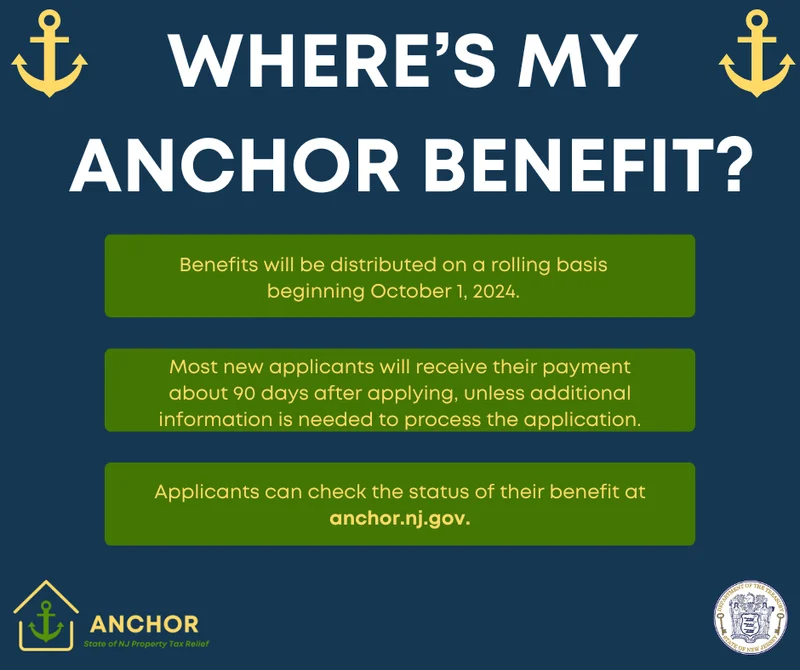WSAZ: Live News, Weather Data, and Regional Reports
The Baltimore Bridge Collapse Isn't Just a Tragedy. It's a Multi-Billion Dollar Math Problem.
[Author Persona]: Julian Vance
The mayday call came in the pre-dawn darkness of March 26th, a chillingly calm transmission cutting through the quiet. The container ship MV Dali had lost propulsion. The message was a data point, a single binary signal of failure that set in motion a chain of events ending with the catastrophic collapse of the Francis Scott Key Bridge. The human cost—the loss of six construction workers—is an immeasurable tragedy that must be the first and most important acknowledgment.
But in the aftermath, a second, colder reality is taking shape. This event is not just a human and infrastructural disaster; it is one of the most complex and expensive financial equations the maritime and insurance industries have faced in the modern era. The collapse of a 1.6-mile-long bridge has triggered a cascading failure that will be calculated in boardrooms and actuarial tables for years to come. We are about to witness a multi-billion dollar stress test of global commerce in real time.
Deconstructing the Initial Claim
The first numbers to emerge were staggering. Initial loss estimates for insurers are floating in a range of $2 billion to $4 billion. To put that in perspective, the Costa Concordia disaster in 2012, which long stood as the record marine insurance loss, cost around $1.5 billion. We are looking at a figure that could potentially double or even triple that precedent.
This isn’t a simple case of one policy paying out. The world of marine insurance is a complex, layered system, almost like an intricate Jenga tower of liability. You have the policy on the ship's hull itself. You have separate policies for the 4,700 containers of cargo it was carrying. And then you have the big one: the Protection and Indemnity (P&I) insurance, which covers third-party liability—like, for instance, accidentally demolishing a major piece of American infrastructure. The Dali is covered by the Britannia P&I Club, one of the top firms in the world. But even they don't bear the full risk; it's spread across a web of other P&I clubs and then passed on to reinsurers. The tower is wobbling, and every player is now frantically calculating which block is theirs.

And this is the part of the initial analysis that I find genuinely puzzling: the sheer asymmetry of the event. A momentary power failure—a single, localized technical malfunction—has translated into a potential $4 billion liability. How can risk models possibly account for that kind of catastrophic leverage? It raises a fundamental question: Are the actuarial tables used to price risk on these massive vessels simply ignoring the true potential cost of a black swan event in an era of hyper-concentrated infrastructure?
The Ripple Effect Beyond the Wreckage
The insurance payout, however massive, is only the first column in the spreadsheet. The second, and perhaps more significant, column is the cost of economic disruption. The Port of Baltimore is not some minor harbor; it is a critical artery for the U.S. economy. In 2023, it handled a record 52.3 million tons of foreign cargo, valued at about $80 billion—to be more exact, $80.8 billion. It's the number one port in the nation for cars and light trucks.
The immediate downstream effect is a logistical nightmare. Major automakers like General Motors and Ford have already announced they are rerouting shipments. That sounds simple, but it introduces delays, increases shipping costs, and creates bottlenecks at other East Coast ports that now have to absorb Baltimore’s volume. The initial estimates suggest the port's closure is costing $15 million in direct economic activity per day.
But we need to apply some skepticism to that figure. How, precisely, is it calculated? Does it represent a total loss, or does it fail to account for the mitigation of rerouting? Quantifying the true net loss of a supply chain disruption is notoriously difficult. A shipment delayed is not the same as a shipment lost forever. Still, the port directly supports over 15,000 jobs (and is linked to nearly 140,000 in total), and those are now in a state of extreme uncertainty. The math on the secondary and tertiary economic impacts—from the local coffee shop that serves dockworkers to the trucking companies that service the port—is far murkier, but undeniably vast.
Then there is the final, gargantuan line item: the rebuild. President Biden has pledged federal funding, but the cost of replacing a structure like the Key Bridge is astronomical. Early figures are being thrown around, from $600 million to well over a billion, but these feel like preliminary placeholders. Given the complexity, the cleanup of the existing wreckage (a massive salvage operation in itself), and modern engineering requirements, I would not be surprised to see the final bill far exceed those initial guesses. Who ultimately pays for that—the insurers or the taxpayer—will be the subject of a legal battle royale.
A Fragility We Priced Incorrectly
When you strip away the specifics, the collapse of the Key Bridge is a case study in systemic fragility. We have spent decades optimizing our global supply chain for ruthless efficiency, creating a just-in-time system that relies on massive ships navigating through narrow channels to service hyper-concentrated ports. The result is a marvel of logistics, but it’s also incredibly brittle. The Dali’s collision with the bridge pier revealed the true cost of that brittleness. The "math problem" here isn't just about adding up the insurance claims and the rebuild cost. It's about being forced to re-evaluate the fundamental risk equation that underpins our global infrastructure. We built a system with almost no margin for error, and on March 26th, the error arrived.
-

Warren Buffett's OXY Stock Play: The Latest Drama, Buffett's Angle, and Why You Shouldn't Believe the Hype
Solet'sgetthisstraight.Occide...
-

The Great Up-Leveling: What's Happening Now and How We Step Up
Haveyoueverfeltlikeyou'redri...
-

The Business of Plasma Donation: How the Process Works and Who the Key Players Are
Theterm"plasma"suffersfromas...
-

NJ's ANCHOR Program: A Blueprint for Tax Relief, Your 2024 Payment, and What Comes Next
NewJersey'sANCHORProgramIsn't...
-

The Future of Auto Parts: How to Find Any Part Instantly and What Comes Next
Walkintoany`autoparts`store—a...
- Search
- Recently Published
-
- Personal Injury Attorneys: What the Numbers Reveal About Top Firms
- Alibaba Stock: What's Driving the Price Action
- Yann LeCun: His Latest Vision and Future Insights
- BMO: Unlocking the Future of Finance, One Innovation at a Time
- The Rivian Stock Surge: An Analysis of the Rally and Its Sustainability
- Canton Network: The Hype, The Price, and The Inevitable Letdown
- WSAZ: Live News, Weather Data, and Regional Reports
- Ore: The Future of Everything?
- Monero's Privacy Surge: Price, Mining, and What the Crypto World Wants – What Reddit is Saying
- Comerica Bank: Locations, Hours, and the Quest for Customer Service
- Tag list
-
- carbon trading (2)
- Blockchain (11)
- Decentralization (5)
- Smart Contracts (4)
- Cryptocurrency (26)
- DeFi (5)
- Bitcoin (29)
- Trump (5)
- Ethereum (8)
- Pudgy Penguins (6)
- NFT (5)
- Solana (5)
- cryptocurrency (6)
- XRP (3)
- Airdrop (3)
- MicroStrategy (3)
- Stablecoin (3)
- Digital Assets (3)
- PENGU (3)
- Plasma (5)
- Zcash (6)
- Aster (4)
- investment advisor (4)
- crypto exchange binance (3)
- SX Network (3)
